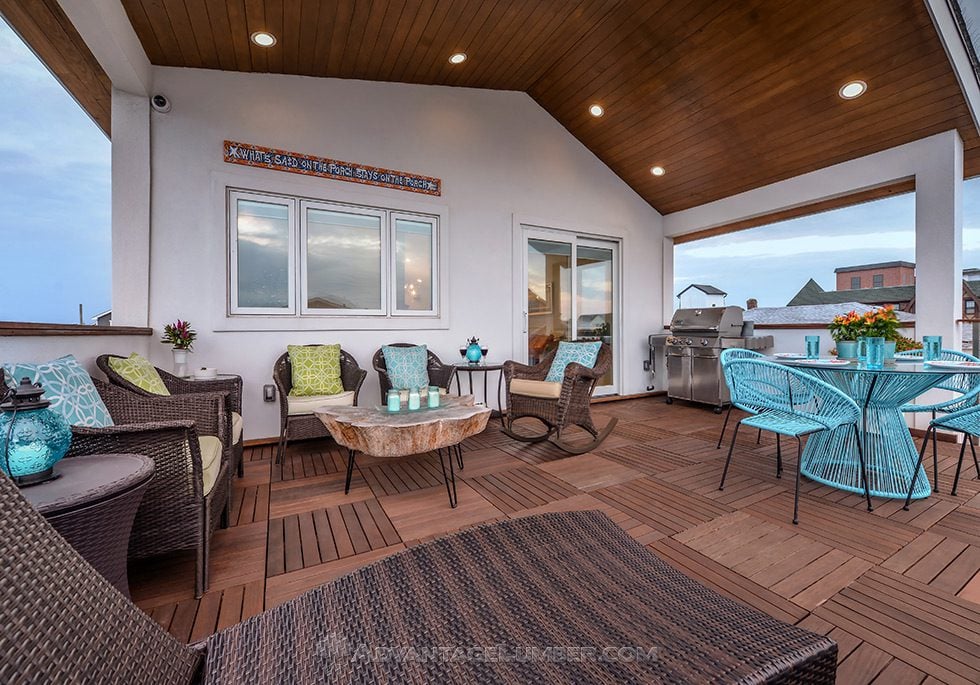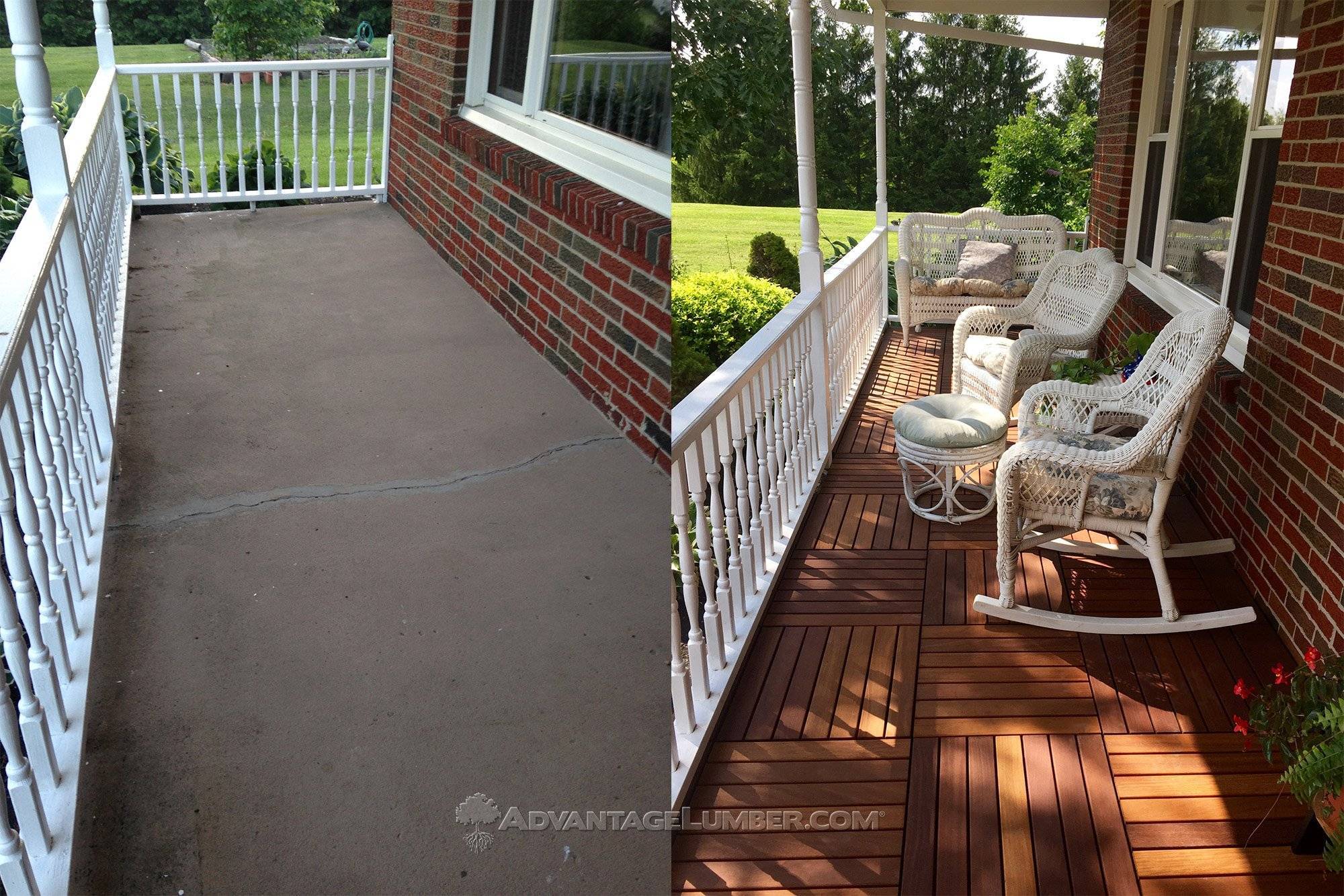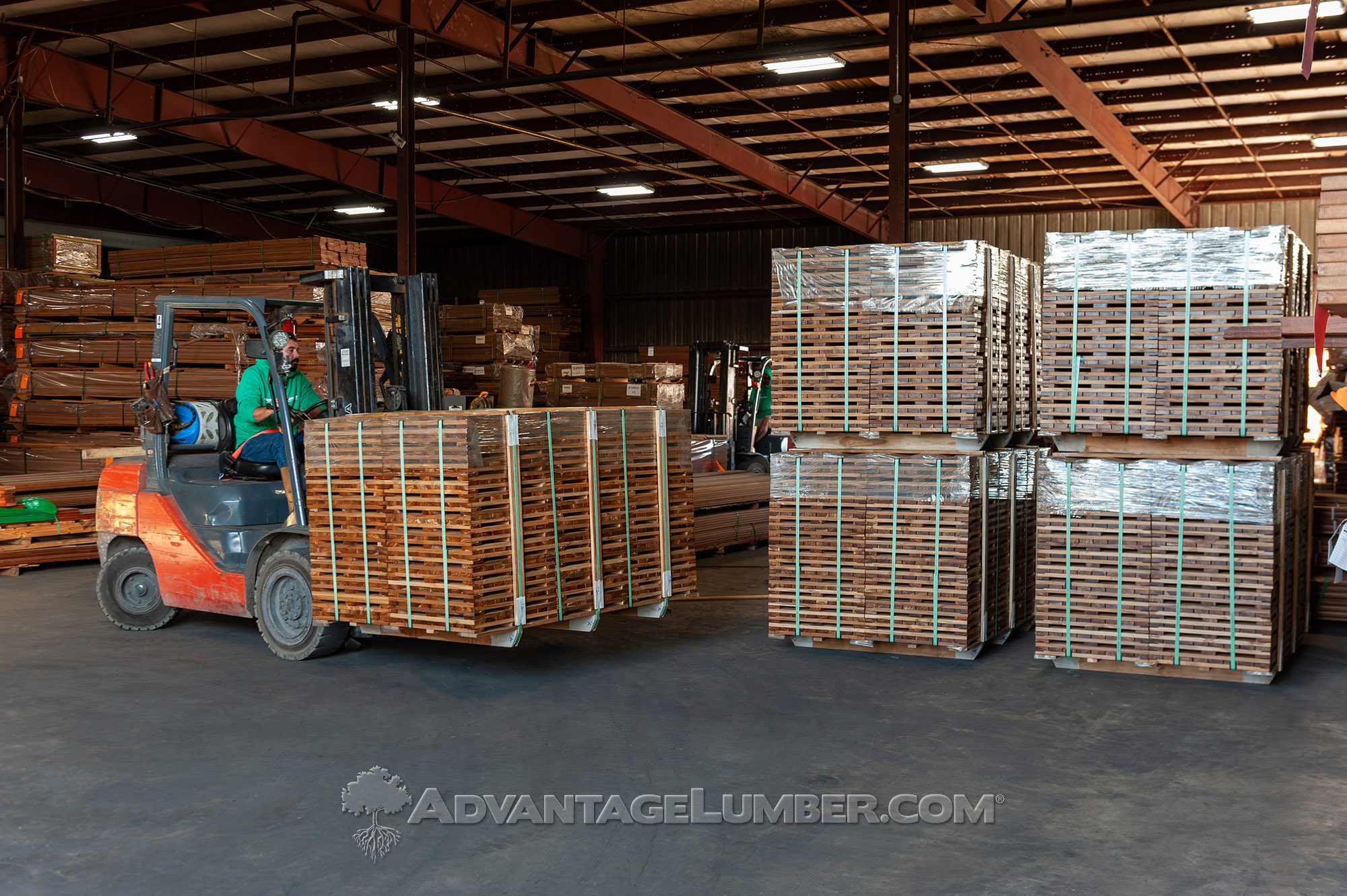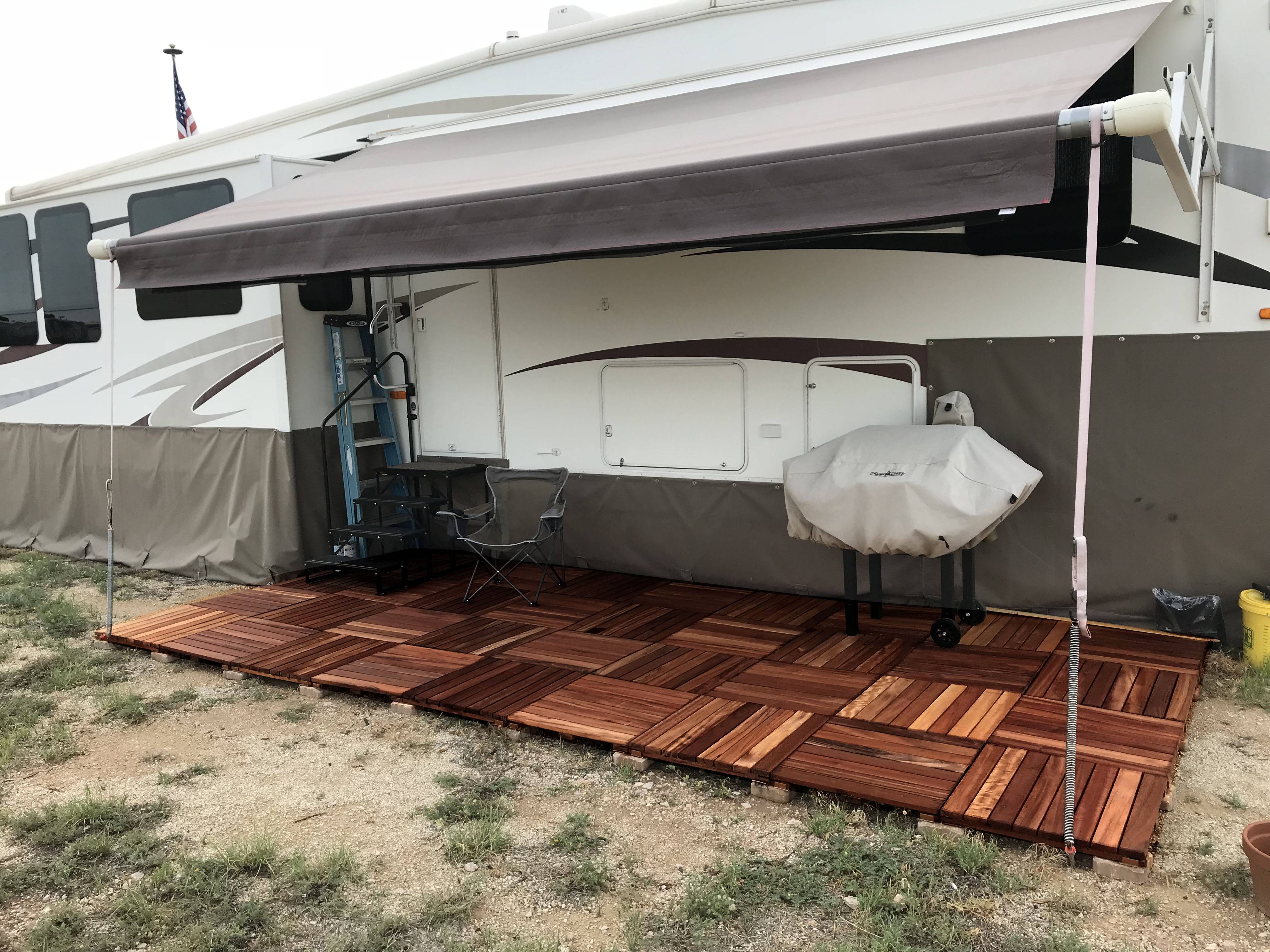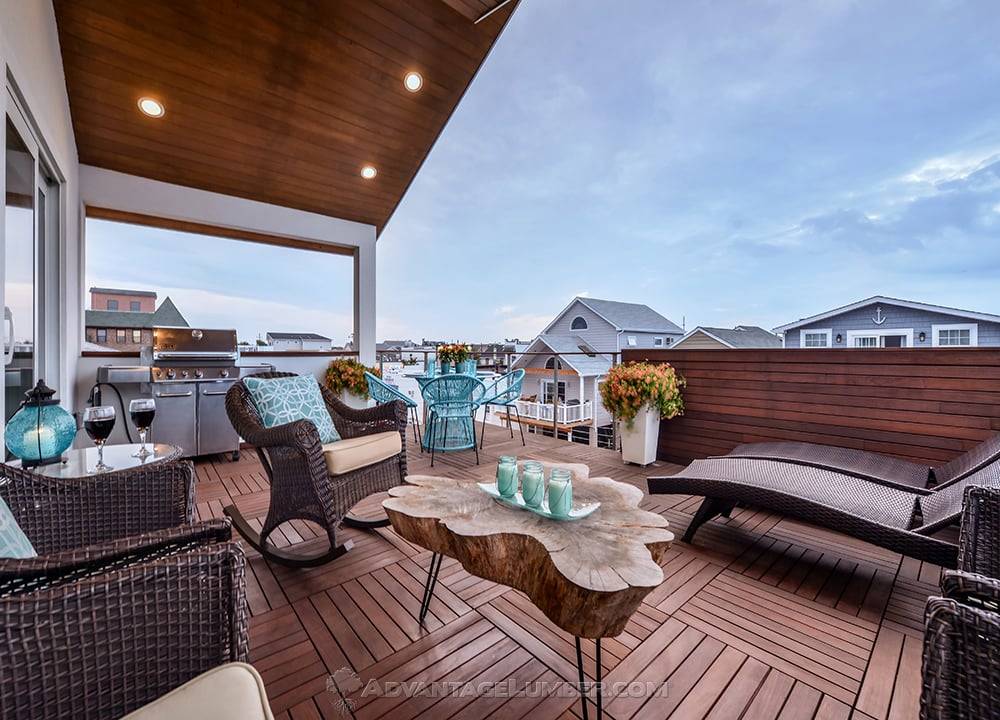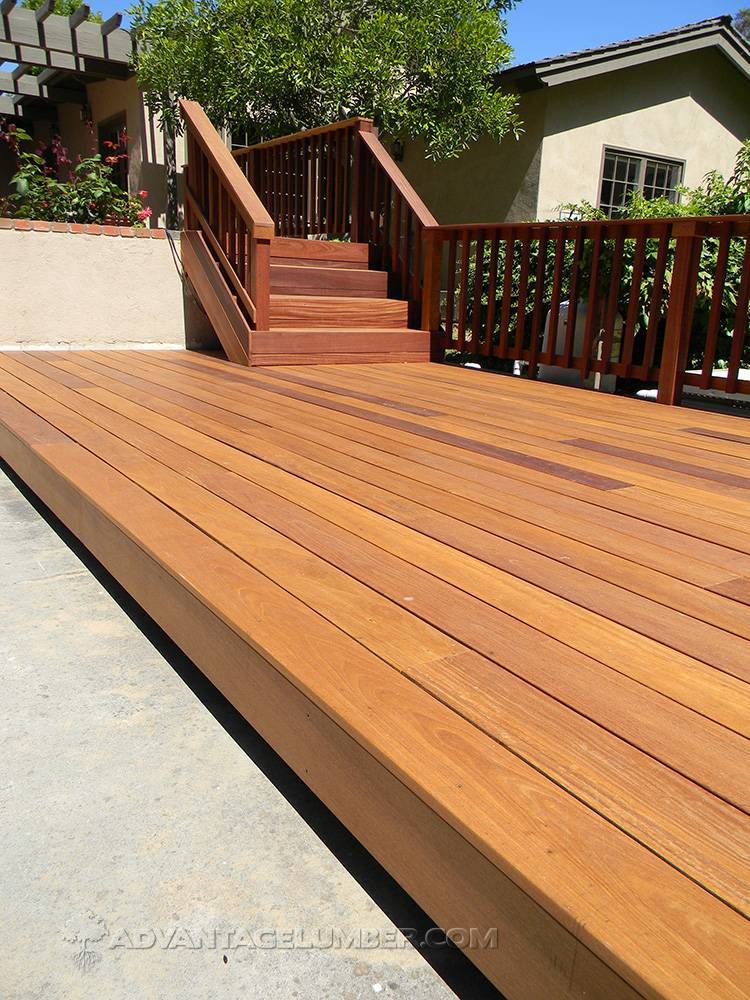Things That Are Called Teak
What’s in a Name? Understanding the Many “Teaks” in the World of Decking When it comes to premium hardwood decking, few names carry the weight and reputation of Teak. Prized for centuries for its golden beauty, extreme durability, and natural resistance to decay, Teak has become a benchmark in the world of high-performance wood products. …
